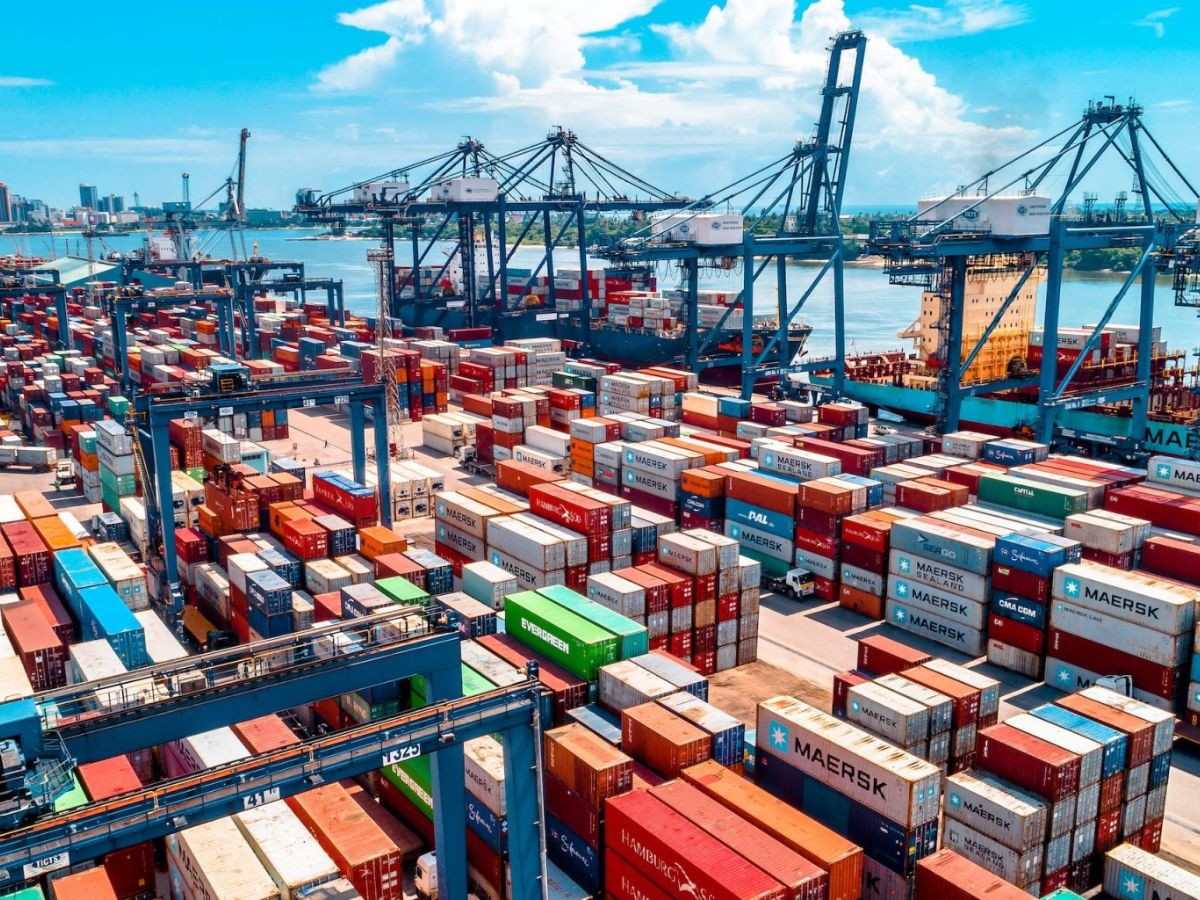The newly announced trade framework between the United States and European Union has increased pressure on countries that have not outlined or concluded their trade agreements with the United States.
EU has made a commitment to purchase $750 billion of US energy and to invest $600 billion directly by 2028. This deal will eliminate tariffs on US industrial goods supplied to the Europe, the US has strengthened its trade and investment foundation with one of its major global alliances.
In exchange, EU exporters will face a 15% tariff on pharmaceuticals, semiconductors, and automobiles, a fixed rate that provides certainty and revenue to the US economy.
This arrangement meaningfully changes the trade landscape for other countries like Brazil, South Korea, and Australia. These countries including few others are still negotiating with the United States. They may possibly face an increase in tariffs to 50% starting from August 1, unless they make a separate deal with Washington.
Defining the US-EU Deal
The US-EU Trade Negotiations, declared on July 28, 2025, is a historic arrangement between the United States and the European Union. The objective of this trade talks is to recalibrate the economic relationship between the two largest economies of the world.
This trade deal is intended to increase investment to America and enhance American manufacturing and exports, providing extraordinary access to the European market. Here’s a breakdown:
• Investment and Energy: The European Union will invest $600 billion in the United States and purchase the US energy cost around $750 billion by 2028.
• Tariffs and Trade: The EU will eliminate all tariffs on US industrial goods and lower trade barriers for agriculture and digital goods.
• Economic Security: Both EU and US will collaborate on supply chain resilience, addressing non-market policies, and encouraging innovation.
• Strategic Commitments: This deal will strengthen the position of US as a leader in energy and advanced manufacturing while fostering fair trade practices.
Unlike the EU agreement, which includes rules of origin to prevent trade diversion and addresses digital and non-tariff barriers, non-partner countries could struggle to maintain access without structural reforms or investment guarantees. For export-driven economies like South Korea and Brazil, this could disrupt global supply chains, reduce competitiveness in the US market, and redirect investment flows.
The US-EU model may now serve as a blueprint for future agreements. Nations without defined trade terms risk higher tariff exposure and reduced influence in global regulatory alignment. With US trade policy increasingly favoring bilateral frameworks, countries lacking clear agreements must act swiftly to avoid marginalization.
Also Read: US-EU Trade Deal Signals Strategic Urgency For India
Ankur Mishra is a journalist who covers an extensive range of news, from business, stock markets, IPOs to geopolitics, world affairs, international crises, and general news. With over a decade of experience in the business domain, Ankur has been associated with some of the reputed media brands. Through a sharp eye on global marketplaces along with deep insights and analysis of business strategies, Ankur brings simplicity to the complex economic matrix to decode market trends and empower people.
He is committed to entrenched data, facts, research, solutions, and a dedication to value-based journalism. He has covered trade tariff wars, international alliances, corporate policies, government initiatives, regulatory developments, along with micro- and macroeconomic shifts impacting global fiscal dynamics.







